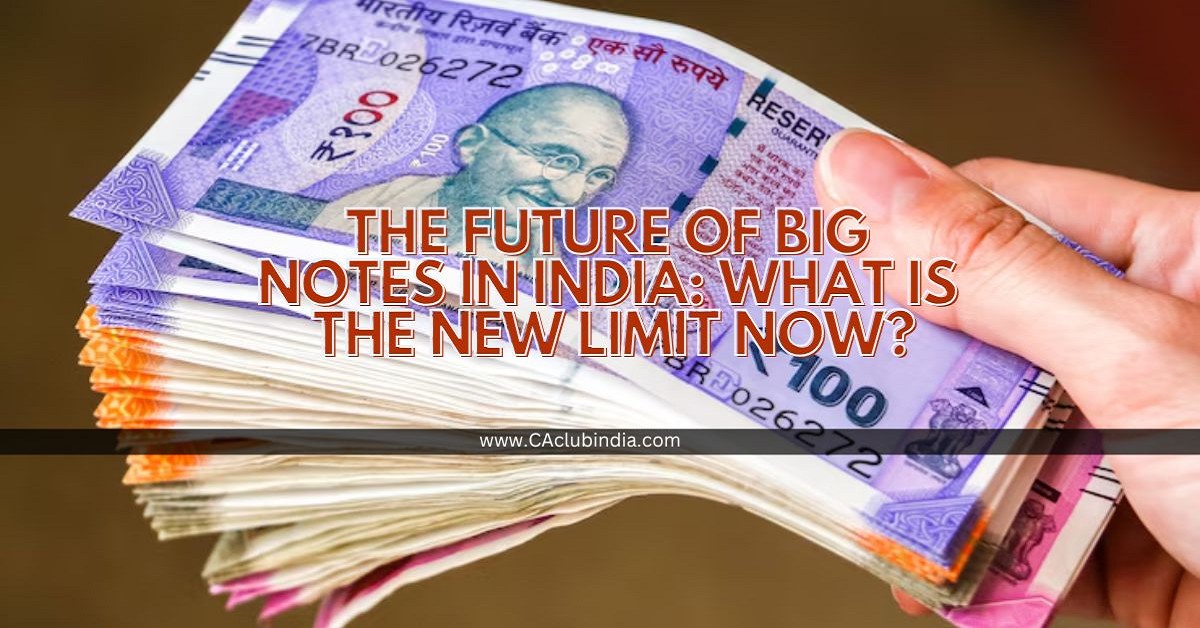India's Finance Minister outlines a strategic shift towards lower denomination currency and digital transactions, aiming to modernize the economy and enhance financial inclusion.
In a significant move towards transforming India's monetary landscape, Finance Minister Nirmala Sitharaman has emphasized the government's commitment to increasing the circulation of lower denomination currency and promoting digital transactions. This dual approach aims to modernize the economy, enhance financial inclusion, and reduce dependency on high-value cash.

Phasing Out High-Value Notes
With the Rs 2000 note almost entirely phased out, now accounting for a mere 0.02% of circulating currency, the government intends to simplify daily transactions by promoting the use of smaller denominations. The Rs 500 denomination is now the most prevalent banknote, accounting for 40.9% of the total volume and 86% of the total value of currency in circulation. Furthermore, the use of coins is increasing, with Rs 1, Rs 2, and Rs 5 coins representing 81.6% of all coins currently in use.
Emphasis on Lower Denominations
The Finance Minister, Nirmala Sitharaman, has reaffirmed the government's commitment to maintaining a higher proportion of lower denomination currency in circulation. This approach is intended to ease daily transactions and improve the availability of cash, particularly in rural and less developed regions.
Digital Transactions Experience a Sharp Increase
India has witnessed an unparalleled rise in digital transactions. The Unified Payments Interface (UPI), as per the National Payments Corporation of India, recorded 16.73 billion transactions in 2024, marking a significant milestone in the country's journey towards becoming a cashless society. In 2024, UPI saw a significant increase in usage, processing around 172 billion transactions, a 46% rise from the 117.64 billion transactions recorded in 2023. This substantial growth reflects a cultural move towards digital financial practices, fueled by greater smartphone adoption, advancements in fintech, and government support for digital infrastructure. The Immediate Payment Service (IMPS) and FASTag have become crucial elements in the financial landscape, significantly enhancing the speed and security of transactions.
Infrastructure Enhancements
To support this transition, the RBI has mandated that by September 30, 2025, at least 75% of ATMs must be capable of dispensing Rs 100 or Rs 200 notes, with this figure rising to 90% by March 2026. This move is designed to ensure the availability of lower denomination notes across the country.
Eco-Friendly Initiatives
Committed to sustainability, the Reserve Bank of India (RBI) is adopting an environmentally conscious approach to dispose of worn-out currency notes. Instead of traditional disposal methods, these notes are now being recycled and repurposed into particleboard suitable for furniture and interior design elements. This initiative not only minimizes waste but also actively contributes to broader environmental preservation objectives.








 CAclubindia
CAclubindia
